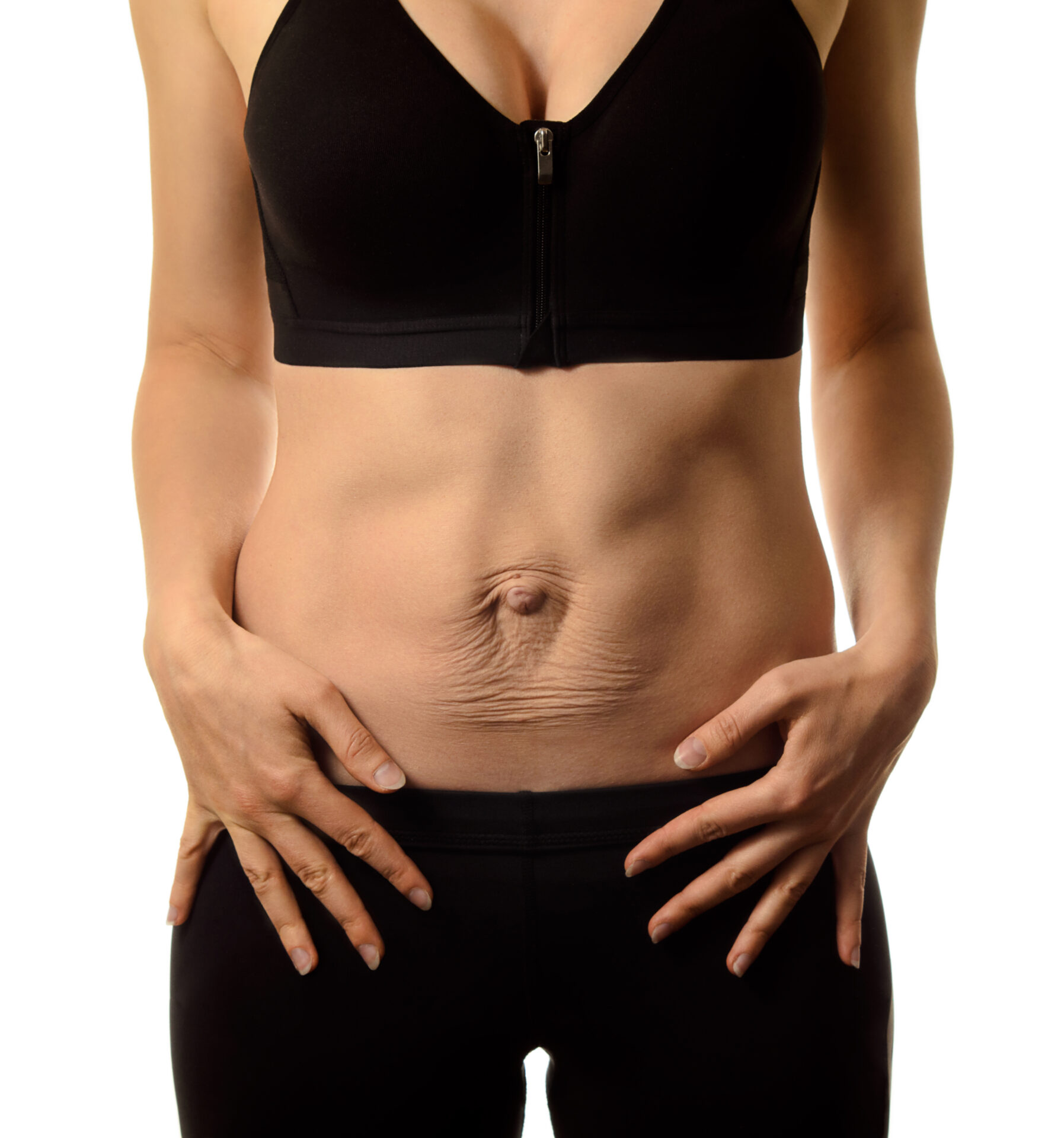A healthy pregnancy, a sustainable pregnancy, a fit pregnancy, a pregnancy without complications… what does your pregnancy “wish list” look like?
Becoming pregnant and maintaining a pregnancy can be tedious in itself. But once you get into the thick of pregnancy and then postpartum there is a lot more to think about.

Molly Bachmann, DPT, who specializes in orthopedics and pelvic health, is committed to educating the public and helping women reach improved health overall.
As Dr. Harvey Kliman of Yale Medicine explained in “1 million pregnancy losses suffered annually in the United States,” getting to the initial so-called “safe zone” can be a huge celebratory mark.
Each family will have different wants, needs, and desires during the trying-to-conceive stage, pregnancy phase, and post-partum care timeframe.
Throughout these stages there are many aspects of that can make us and those in our dearest circle scared, anxious, stressed, and uneasy. There can be a huge learning curve, new habits and tasks to undertake, be filled with unknowns, changes, and plethora of health issues that can pop up with a moment’s notice.
I bet one health issue you’ve heard of quite frequently, seen pictures of, or experienced yourself is diastasis rectus abdominis.
What is diastasis rectus abdominis?
“It occurs with the rectus abdominis muscles (six-pack ab muscles) separate during pregnancy from being stretched. The separation can make a person’s belly stick out or bulge postpartum,” the Cleveland Clinic states.
When I asked Bachmann for those becoming pregnant or currently pregnant, what are the top things women can do to try to avoid experiencing diastasis rectus abdominis, her answer surprised me:
“Preventing diastasis rectus abdominis all together is actually a misconception. Diastasis is unavoidable during pregnancy. Every pregnant person will have this during pregnancy.”
The NIH states, “It is a common condition as the incidence in the third trimester is as high as 66%, whereof 30-60% persist post-partum.” The underlying message? The NIH continues, “Not all patients with abdominal rectus diastasis have symptoms.”
This bridges the gap. Makes sense why it’s common to hear pregnant women say “I’m doing everything I can to NOT have my abdomen split.”
It’s time to re-phrase, re-educate and set the record straight on abdominal rectus diastasis.
The question is not “Will I experience this issue?” it is “Will I exhibit the symptoms of it?”
Why does diastasis rectus abdominis happen?
Bachmann informs, “This is a necessary adaptation for a rapidly expanding abdomen . . . I actually think it is pretty amazing that the body is able to adapt so quickly!”
Each body is different and there’s no real predictor of what your recovery from it will be. As Bachmann explains, some people will have their diastasis close within the first couple of weeks postpartum . . . others will take several months or longer and some may never fully close back up. There is a huge spectrum of what can happen there and to be honest, we don’t have enough high quality evidence to say for certain who will recover more quickly than others.” There are surgical options to address the situation if it does not self-resolve.
What is the most interesting fact about diastasis rectus abdominis?
“Many people actually have some diastasis before they even become pregnant,” she educates.
“The most important thing to recognize is that the presence of diastasis does not inherently mean that someone is weaker or will develop symptoms of back pain, leaking, prolapse, etc. Sometimes they can be correlated of course, but it doesn’t always mean that it is causal.”
Following along with studies and research findings are opening the door to more answers. As Bachmann expands, “from the data we do have, the most important things to focus on for reducing dysfunction within the core is to remain strong and reduce adverse pressure along the linea alba (the tissue that thins and stretches to cause diastasis).”

What steps can you take to reduce diastasis rectus abdominis dysfunction?
“Find a well-qualified therapist near you who can help you develop a good exercise routine and work on things that reduce internal pressure like good and regular bowel movements and improving mobility in your movement,” she concludes.
The Cleveland Clinic further emphasizes the benefit of this treatment for remedy stating, “It can be repaired with special exercises that help to close the separation.”
Like many health issues, this is another perfect example of how getting ahead of potential health complications and pairing with the right medical team can improve your health, thereby achieving a healthier body.
We are in this together! If you are looking to expand your family or recovering from your newborn’s arrival, I highly recommend investing some self-care time with a therapist to help you.
Molly Bachman, DPT, specializes in orthopedics and pelvic health. She is also certified as a birth doula. Her passion for improving individuals’ health has been proven beyond measure. She has studied public health in India, China, and South Africa, worked as a Peace Corps Volunteer in Sierra Leone during the Ebola crisis. Molly is passionate about educating the public on pelvic health and looks forward to expanding pelvic health access in the Midwest (United States).
Watch for more from Molly Bachmann, DPT, in the coming weeks.
This website does not provide medical advice. No material on this site is intended to be a substitute for professional medical advice, diagnosis or treatment. It is for informational purposes only. Always seek the advice of a medical professional or other qualified health care provider on any health matter or question.
